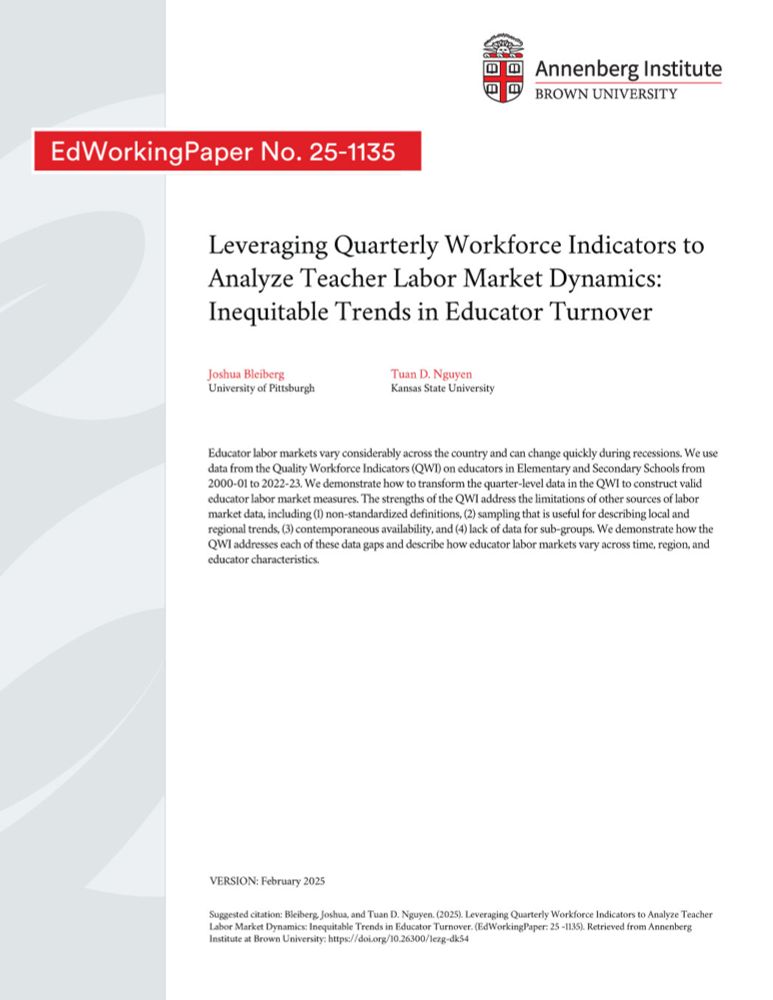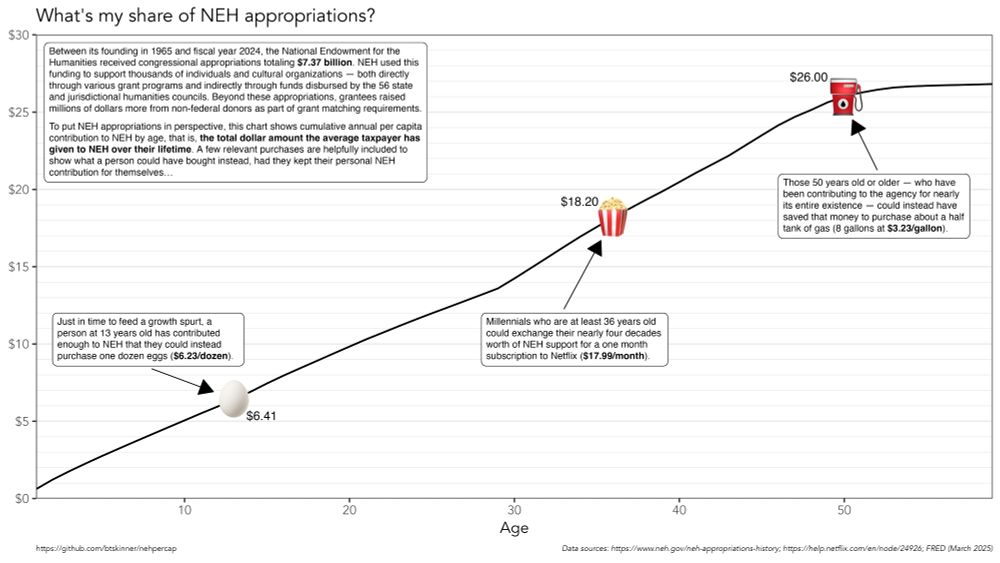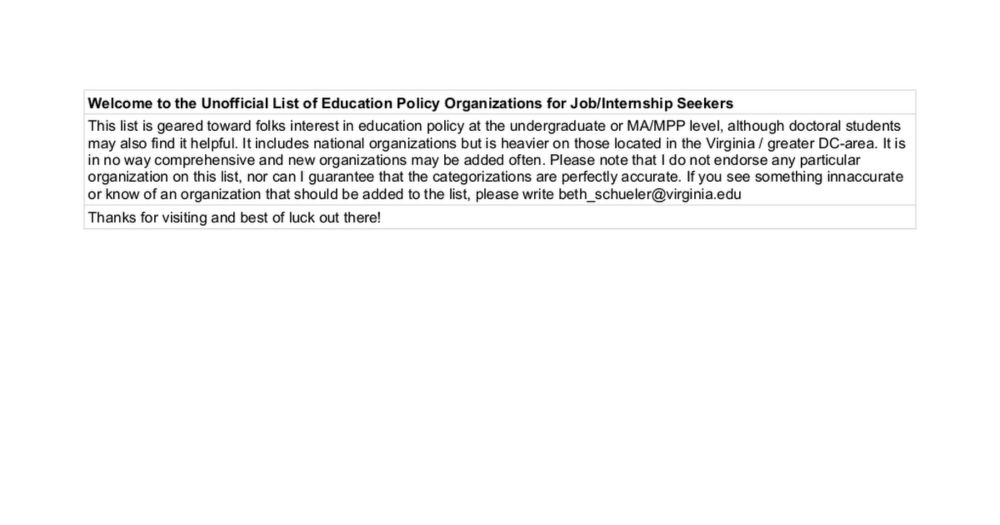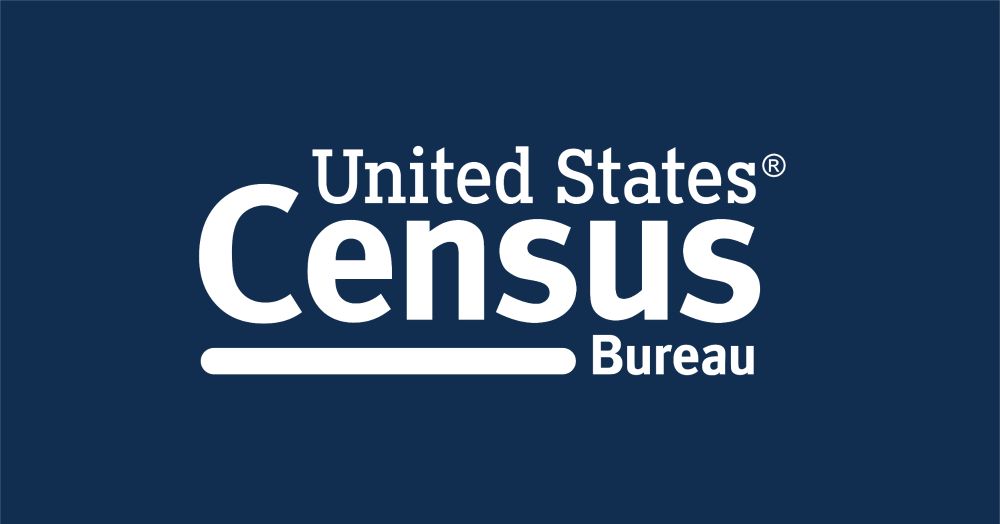Josh Bleiberg
@joshbleiberg.bsky.social
2.1K followers
1.4K following
49 posts
Assistant Professor of Ed Policy and Quantitative Methods at the University of Pittsburgh. I study accountability, education politics, teacher labor markets, and Philly sports. www.JoshBleiberg.com
Posts
Media
Videos
Starter Packs
Reposted by Josh Bleiberg
Josh Bleiberg
@joshbleiberg.bsky.social
· May 17
Reposted by Josh Bleiberg
Reposted by Josh Bleiberg
Josh Bleiberg
@joshbleiberg.bsky.social
· Mar 18
Reposted by Josh Bleiberg
Josh Bleiberg
@joshbleiberg.bsky.social
· Feb 27
Josh Bleiberg
@joshbleiberg.bsky.social
· Feb 10
Josh Bleiberg
@joshbleiberg.bsky.social
· Jan 30
Josh Bleiberg
@joshbleiberg.bsky.social
· Jan 30
Josh Bleiberg
@joshbleiberg.bsky.social
· Jan 30
Josh Bleiberg
@joshbleiberg.bsky.social
· Jan 30
Josh Bleiberg
@joshbleiberg.bsky.social
· Jan 30
Josh Bleiberg
@joshbleiberg.bsky.social
· Jan 30
Josh Bleiberg
@joshbleiberg.bsky.social
· Jan 30

Leveraging Quarterly Workforce Indicators to Analyze Teacher Labor Market Dynamics: Inequitable Trends in Educator Turnover
Educator labor markets vary considerably across the country and can change quickly during recessions. We use data from the Quality Workforce Indicators (QWI) on educators in Elementary and Secondary S...
edworkingpapers.com
Josh Bleiberg
@joshbleiberg.bsky.social
· Jan 26
Reposted by Josh Bleiberg
Erica Harbatkin
@harbatkat.bsky.social
· Jan 17

Should I Stay or Should I Go (Later)? Teacher Intentions and Turnover in Low-Performing Schools and Districts before and during the COVID-19 Pandemic
Abstract. Teacher turnover is a perennial concern, especially in low-performing, high-poverty schools. While districts and schools may try to anticipate and mitigate turnover by surveying teachers abo...
direct.mit.edu










